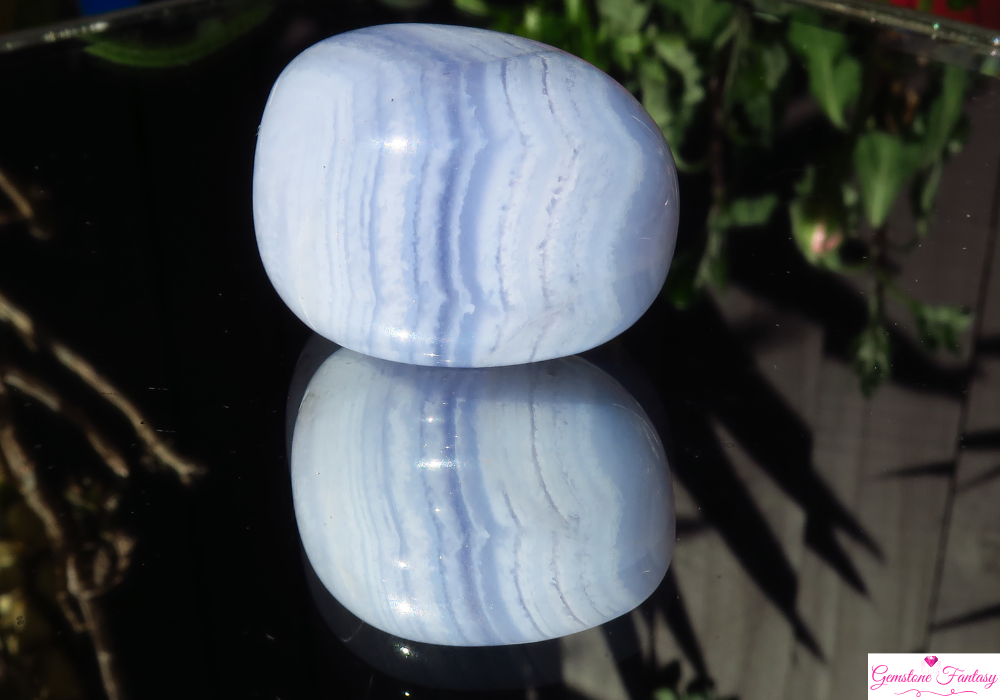Carnelian is a vibrant, reddish-orange variety of chalcedony, a mineral in the quartz family. It has been valued throughout history for its beauty and symbolic meanings. Whether you are a gem enthusiast, a jeweler, or simply someone interested in semi-precious stones, identifying carnelian is essential for distinguishing it from similar stones like red jasper or dyed agate. This guide covers the key factors you need to consider to identify carnelian accurately.
Color and Hue
One of the primary ways to identify carnelian is by its distinctive color, which ranges from pale orange to deep reddish-brown. The intensity of carnelian’s color can vary based on the presence of iron oxide within the stone.
- Typical Hue: Carnelian usually exhibits a warm, earthy red-orange color. It has a natural brightness that sets it apart from other red stones like jasper or garnet, which tend to have a more muted or opaque appearance.
- Natural Variations: Some carnelian stones might show color banding or spots of white chalcedony within them. This is common, and as long as the base color is predominantly orange-red, it is likely carnelian.
- Heat Treatment: Some carnelian stones are heat-treated to enhance their red color. Natural carnelian tends to have a slightly lighter, more translucent color compared to heat-treated stones, which are usually darker and more opaque.
Transparency and Luster
Another important characteristic to identify carnelian is its level of transparency. Unlike opaque stones such as jasper, carnelian is typically translucent. When held against a light source, carnelian will allow light to pass through to some extent.
- Translucency: Hold the stone up to the light. If it has a slightly cloudy or translucent quality but still allows some light to pass through, it is likely carnelian. Stones that are completely opaque are less likely to be carnelian.
- Surface Luster: Carnelian has a vitreous or glass-like luster. It should look somewhat glossy when polished, though not as shiny as something like quartz. A stone with a dull, waxy surface might not be carnelian, or it could be an unpolished piece.
Hardness
Carnelian has a Mohs hardness of 6.5 to 7, which means it is relatively hard but can still be scratched by harder materials like topaz or diamond. This hardness makes carnelian a durable stone for jewelry but soft enough that you can test it with tools.
- Scratch Test: Using a material with a known hardness rating (like a steel knife with a hardness of about 5.5), gently scratch the surface of the stone. If it is not scratched, it could be carnelian. If it scratches easily, it might be a softer stone like calcite.
Banded Structure and Patterns
Carnelian sometimes exhibits faint banding or layered structures, as it is part of the chalcedony family. This banding is typically subtle and may only be visible when the stone is backlit or examined closely.
- Chalcedony Family Traits: Chalcedony, including carnelian, often forms in layers. The banding in carnelian will typically be more fluid and less distinct than the strong, sharp bands seen in stones like agate. Carnelian’s bands will blend into one another rather than show stark contrast.
- Inclusions and Imperfections: In natural carnelian, you might see small inclusions or cloudy patches. These imperfections are common in real stones and can help differentiate them from synthetically produced or heavily treated stones.
Temperature Sensitivity
Carnelian, like other chalcedony stones, feels cool to the touch. It absorbs heat slowly, making it a good candidate for the “temperature test.”
- Cool Touch: Pick up the stone and hold it in your hand. Natural carnelian will feel cooler than its surroundings, even on a warm day. After holding it for a while, it should gradually warm up. Synthetic stones, on the other hand, tend to warm up quickly.
Comparing Carnelian to Similar Stones
Many stones look similar to carnelian, especially dyed agates or other red-orange gemstones. Here are a few key differences to help you distinguish carnelian from similar stones.
- Red Jasper: Red jasper is opaque, while carnelian is translucent. If light doesn’t pass through the stone, it’s more likely to be jasper.
- Dyed Agate: Sometimes, agate is dyed to imitate carnelian. Look for strong, unnatural color saturation or uneven color distribution, which could indicate a dyed stone. Natural carnelian typically has a more uniform color.
- Garnet: Garnet is much harder than carnelian and tends to have a deeper red color. Garnet also has a higher refractive index, meaning it will sparkle more in light.
Price and Market Value
While carnelian is not one of the most expensive stones, its price can help in identification. If a stone labeled as carnelian is priced extremely low, especially in larger pieces, it might be an imitation or a dyed version.
- Pricing: Genuine carnelian usually costs more than dyed agates but less than high-quality garnet or ruby. However, large, untreated carnelian stones with vivid color and few inclusions can fetch higher prices.
Spiritual and Cultural Significance
While this is not a definitive method for identification, understanding the spiritual and cultural significance of carnelian can provide context when identifying the stone. Carnelian has been used historically for protection, courage, and vitality, especially in ancient Egypt and Roman cultures.
- Ancient Uses: The ancient Egyptians believed carnelian had the power to protect the soul in the afterlife. It was often used in amulets and burial items.
- Modern Uses: Today, carnelian is considered a stone of motivation, endurance, and leadership. Its vibrant energy is believed to stimulate creativity and confidence.
Use of Advanced Gemological Tools
For serious gem collectors or jewelers, using advanced gemological tools can provide conclusive identification. These tools help analyze the stone’s refractive index, density, and internal structure.
- Refractive Index: Carnelian has a refractive index of 1.53 to 1.55. A gemologist can use a refractometer to test this.
- Specific Gravity: Carnelian has a specific gravity between 2.58 and 2.64. This can be measured using a hydrostatic balance.
- Microscopic Examination: A jeweler’s loupe or microscope can help reveal fine inclusions, banding, and other structural characteristics unique to carnelian.
Conclusion
Identifying carnelian requires a combination of visual observation, physical tests, and knowledge of its properties compared to similar stones. By examining its color, transparency, hardness, and other features, you can confidently determine whether a stone is genuine carnelian. While some similarities with other stones may exist, understanding these key distinctions will enable you to appreciate the unique beauty of carnelian fully.
















